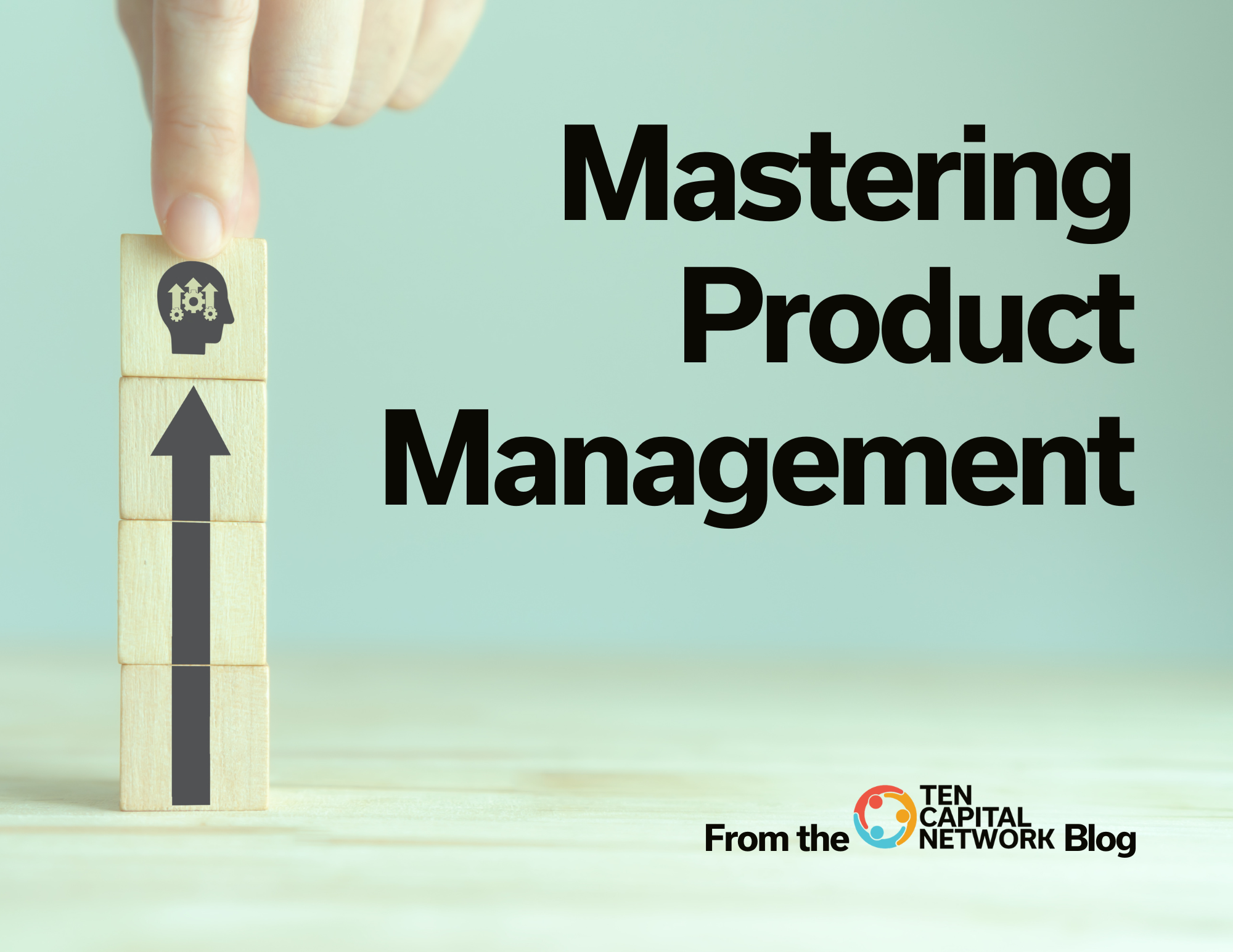5 min read Mastering Product Management
In today’s competitive market, product differentiation has become crucial for businesses looking to stand out and attract customers.
Before diving into the development process, it is essential to understand the best practices in product management and product experiences. By addressing challenges head-on and implementing effective strategies for differentiation, companies can create products that meet customer needs and exceed expectations.
In this blog, we will explore the importance of product differentiation, the key considerations before product development, best practices for product experiences, and effective product management strategies for successfully navigating challenges.
Before Product Development
To ensure you are developing the right product for your target customer, you must ask yourself key questions.
Firstly, consider what features may be causing you to lose customers to competitors. If there is a specific feature that customers are choosing over your product, it may be worth incorporating it into your own offering.
Additionally, analyze what your competitors do that keeps you up at night. If they are working on features that you lack, these could be potential candidates for inclusion in your next product upgrade. Pay attention to customer feedback—have they consistently requested a certain feature? Prioritize these requests as they indicate a genuine need. If customers find ways to add a feature to your product themselves, it’s a clear sign that it should be officially integrated.
Lastly, focus on selling the proposed feature to customers before investing in its development. It should be a top priority if customers are willing to purchase your product solely for that feature.
Remember, the rule is to sell it first and build it second. By considering these questions, you can effectively prioritize the features to build into your product and meet the needs of your target audience.
Product Challenges
Developing, launching, and maintaining a product presents many challenges for businesses seeking to succeed.
Choosing the right product to build is one of the first hurdles to overcome. Identifying customers with unmet needs and tailoring your product to address those specific pain points is essential.
Equally important is selecting your ideal customer whose needs align with the product you are offering. Understanding customer requirements is another critical step in the product development process. You should engage with at least fifty customers to comprehensively understand their needs and preferences.
Building a minimum viable product (MVP) is key to testing your concept and validating its market potential. The MVP should be developed within six months and ready for sale within the same timeframe. If the product cannot be built within this timeline, it may be too ambitious in scope.
Achieving product/market fit is a crucial milestone that involves analyzing how your product can further support customers in their work.
Building a follow-on product based on insights from the initial product’s support issues can help drive continuous innovation and customer satisfaction. While product development poses numerous challenges, focusing on these key areas can help businesses navigate the complexities of bringing a successful product to market.
Product Differentiation Features
In product development, features can be categorized into three main types: basic requirements, nice-to-haves, and differentiators.
Basic requirements are essential features considered table stakes in the industry, as customers expect them to be present in all products within the market. These features are non-negotiable and are deemed must-haves for any product to be competitive.
On the other hand, nice-to-have features are additional functionalities that may not be critical for product usage but add value and enhance the overall user experience. While they may have been inspired by team members or a few customer requests, they are not essential for product functionality.
Finally, differentiators are features that set your product apart from competitors and add significant value. These features are not typically requested by customers but are crucial for standing out in a crowded market. As a product manager, it is important to prioritize differentiators on the product roadmap, even in the face of objections from team members who may prefer to focus on basic requirements.
These unique features can attract new customers and distinguish your product from the competition. Regularly reviewing your product roadmap to ensure a healthy balance of differentiators is essential for continued market success.
Ideally, the beachhead market would be a small yet well-defined group of companies that fit the startup’s current product. It doesn’t necessarily need to be the biggest or most lucrative market but the easiest to pursue. The startup should already have some interactions with the companies in the Beachhead market.
Product Management Best Practices
Product management involves continuous market analysis and monitoring of customer needs. To effectively implement product management at your startup, it is crucial to prioritize the customer over the product itself.
Shifting the focus from your product to the customer’s challenges can help you gather valuable feedback and generate innovative ideas. Develop a clear mental model of the customer you are researching, understanding the problems they face and their workflow.
This approach can unveil new applications for your product. By observing the customer and their workflow, you can gain deeper insights into the problem, potentially leading to novel problem-solving approaches. Document your customer research in a format accessible to all team members, organizing and structuring it to facilitate data analysis and idea generation.
Conduct collaborative meetings to review the research data and brainstorm potential solutions. Present these solutions to the team for feedback and input. Engage the entire organization in customer research to leverage diverse perspectives and generate the best ideas for product development.
Product Experiences Best Practices
Product experience encompasses the customer’s journey with the product, from initial adoption to trial and ongoing usage. It is distinct from the broader customer experience, which includes interactions with the company, such as purchasing, training, and support.
A seamless product experience enhances the overall customer experience, reducing churn rates and increasing customer retention. Integrating essential elements like purchasing, unsubscribing, support, training, and community within the core product becomes the customer’s central hub.
Leveraging the product as a tool for educating customers on new features and providing access to support enhances user engagement. Incorporating metrics to track customer usage and feedback allows developers to make informed decisions about product roadmap enhancements. The product is an ideal platform for onboarding, training, and monitoring the customer’s interaction, ensuring a positive and enriching experience.
In conclusion, mastering the art of product differentiation, understanding the importance of addressing challenges, implementing best practices in product management, and creating exceptional product experiences are essential for success in today’s competitive market.
By focusing on these key areas before diving into product development, companies can set themselves up for success and create products that truly resonate with their target audience.
By continuously refining strategies, staying ahead of the curve, and prioritizing customer satisfaction, businesses can differentiate themselves effectively and thrive in the ever-evolving landscape of product innovation.
Read More from TEN Capital Education here.

Hall T. Martin is the founder and CEO of the TEN Capital Network. TEN Capital has been connecting startups with investors for over ten years. You can connect with Hall about fundraising, business growth, and emerging technologies via LinkedIn or email: hallmartin@tencapital.group





